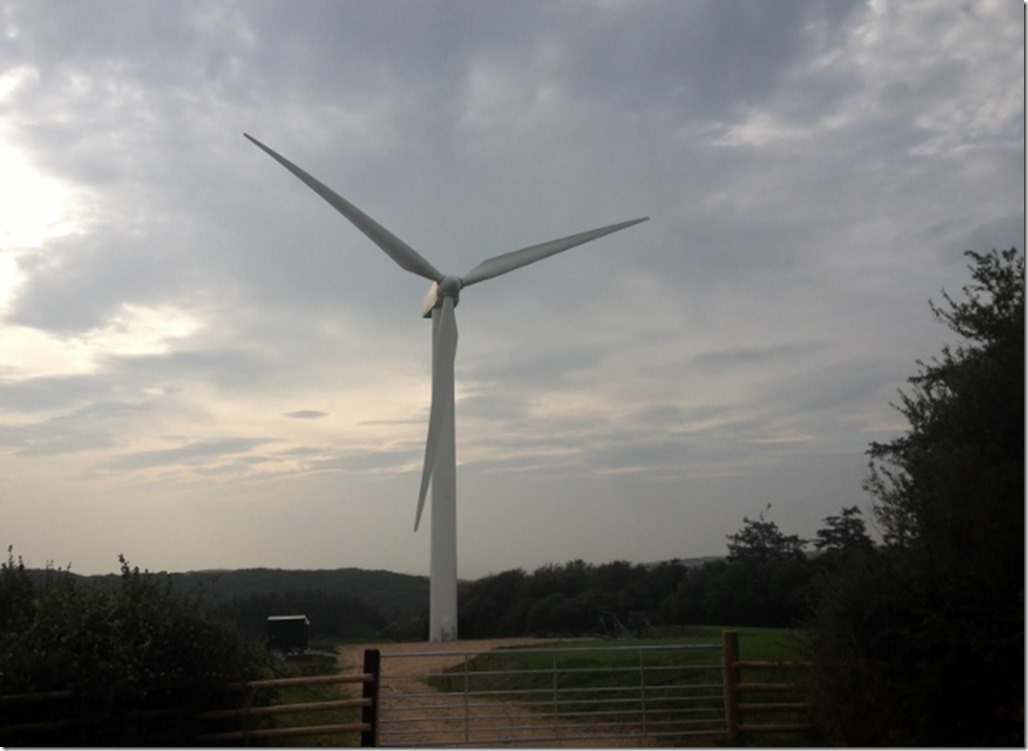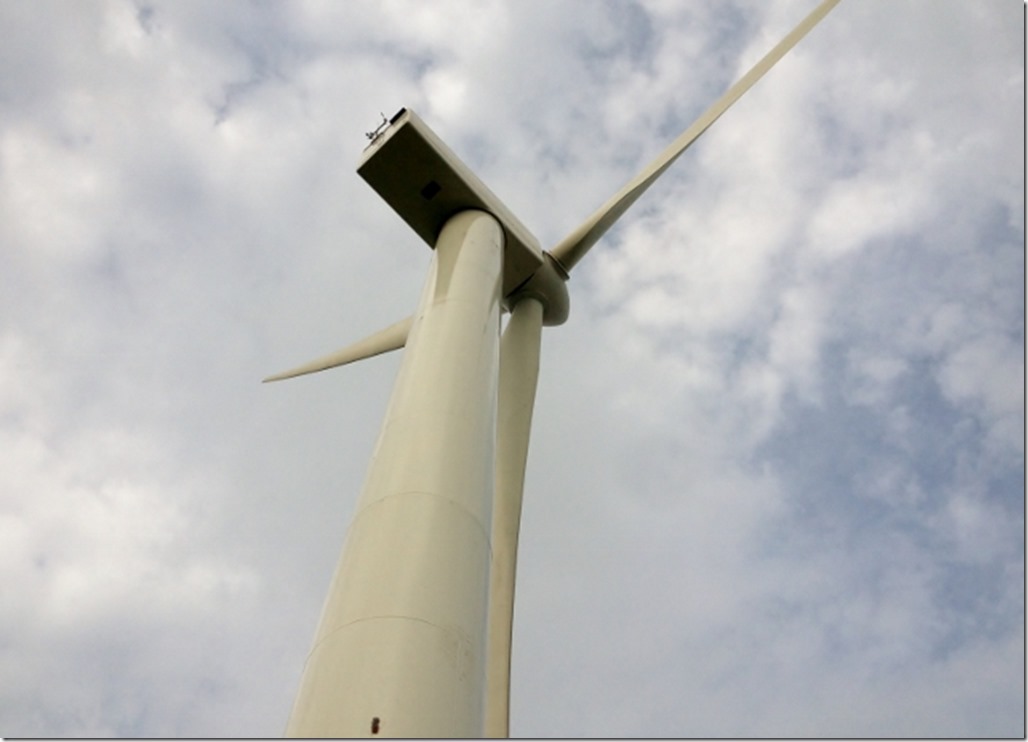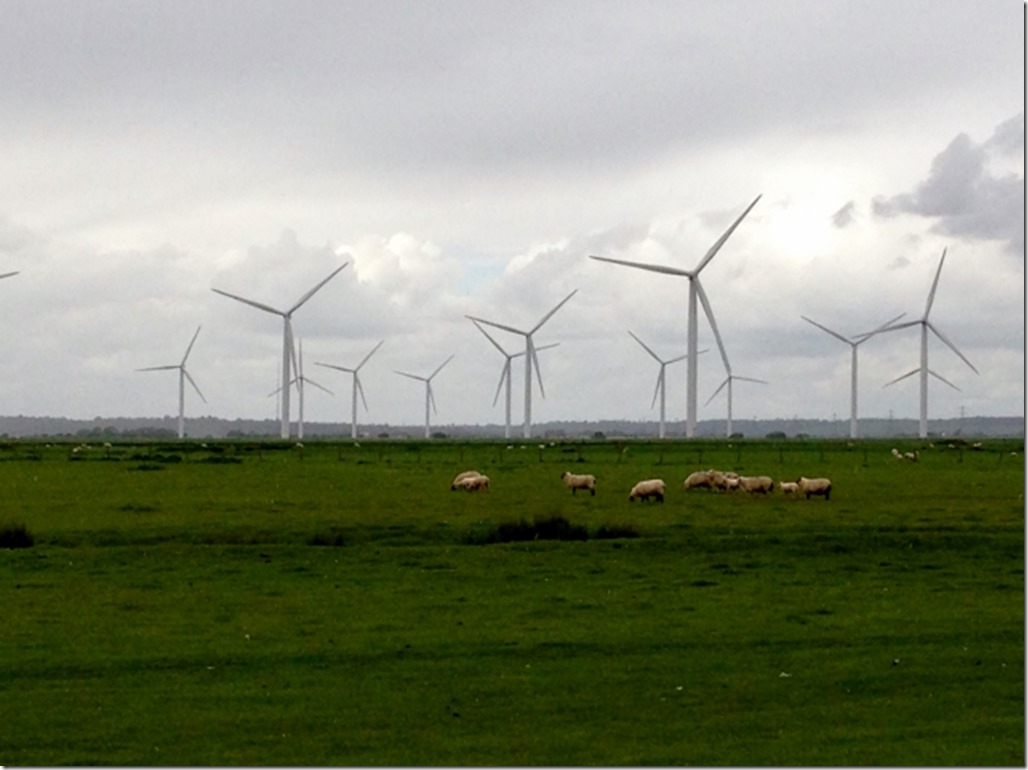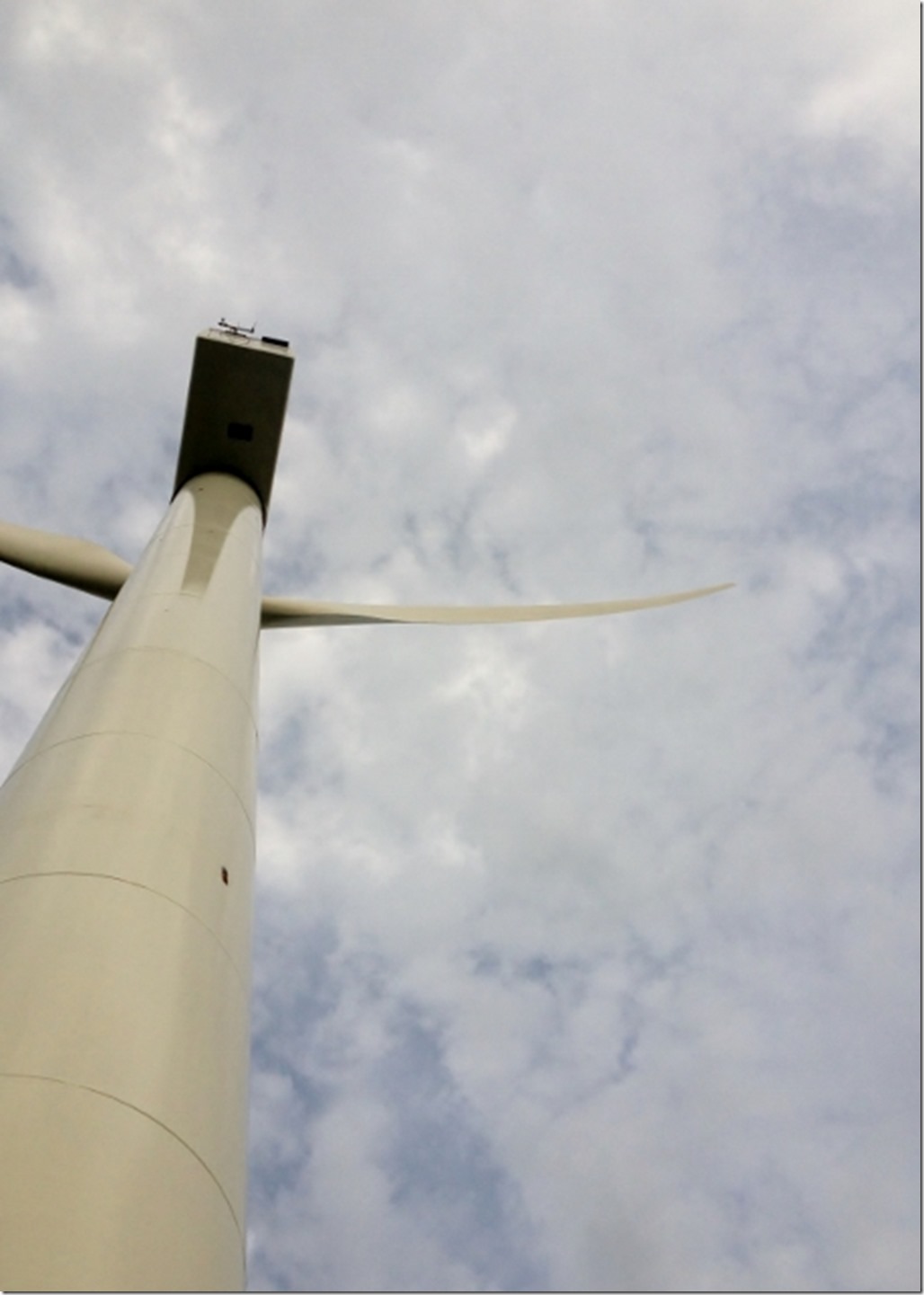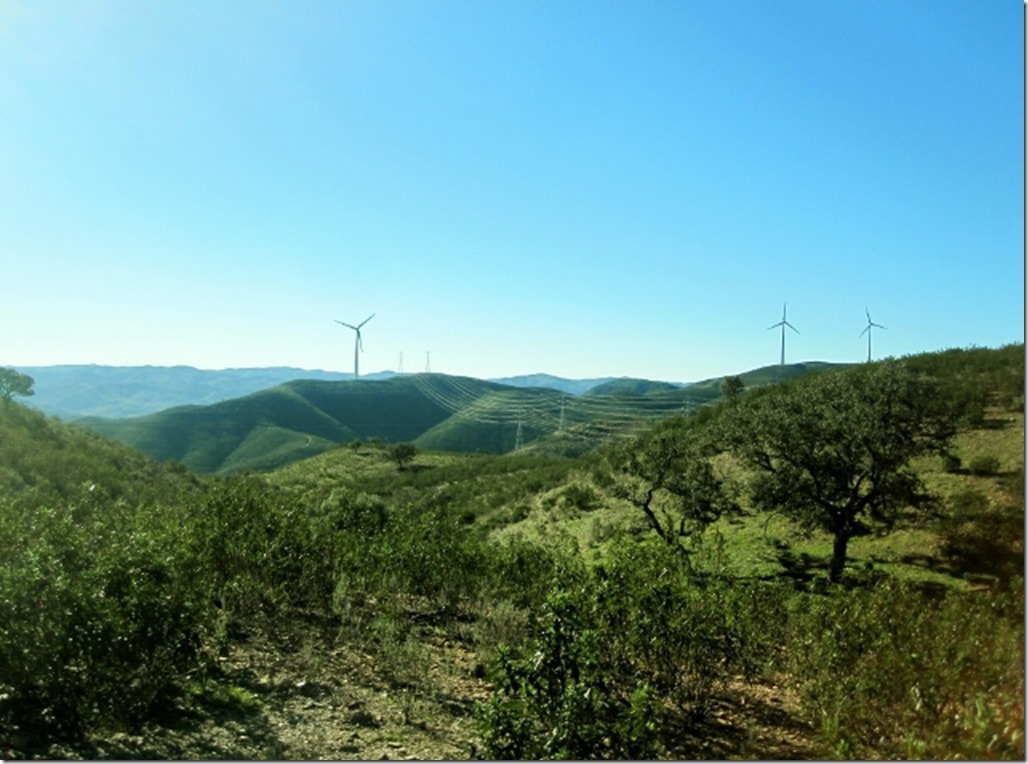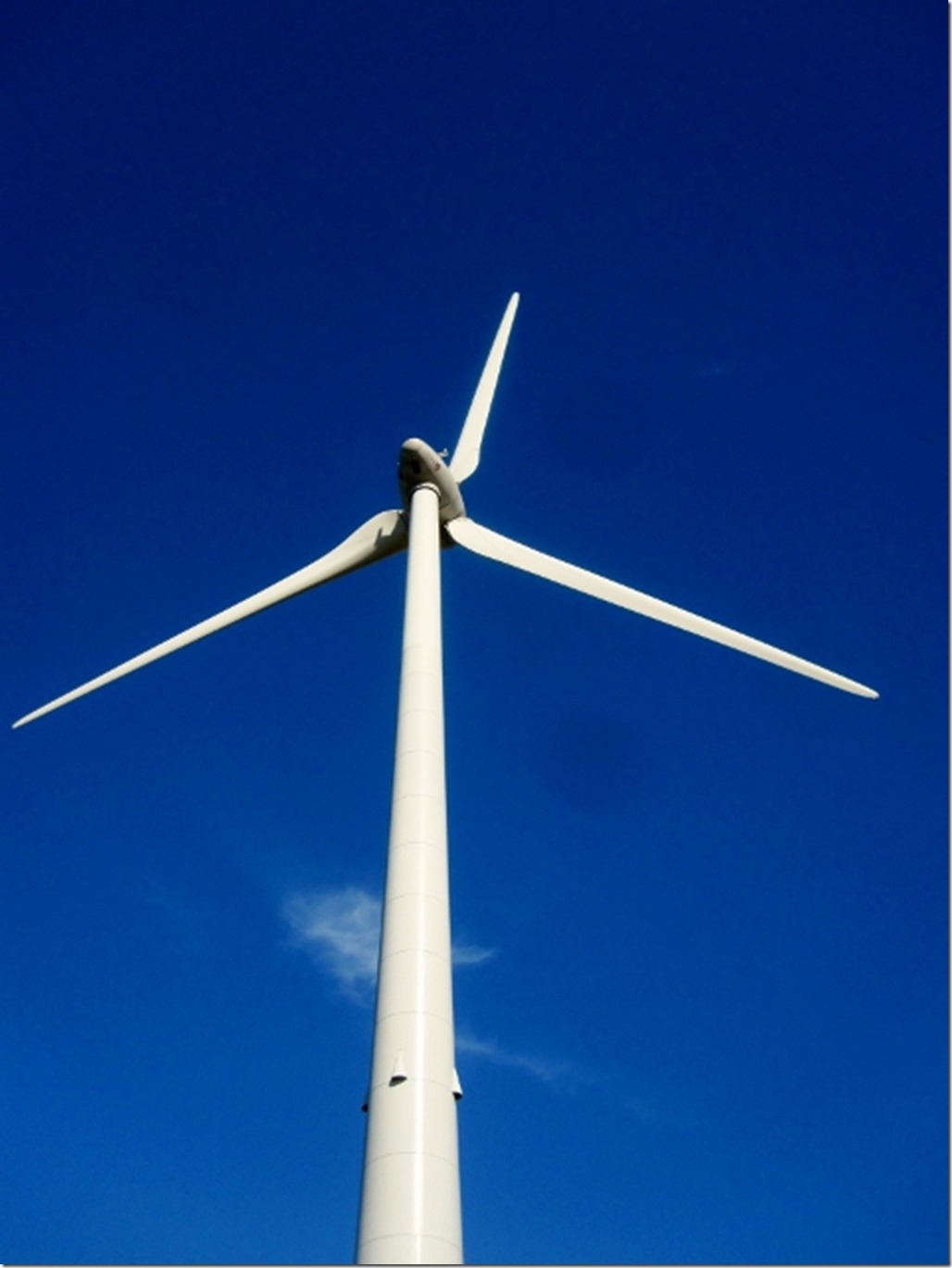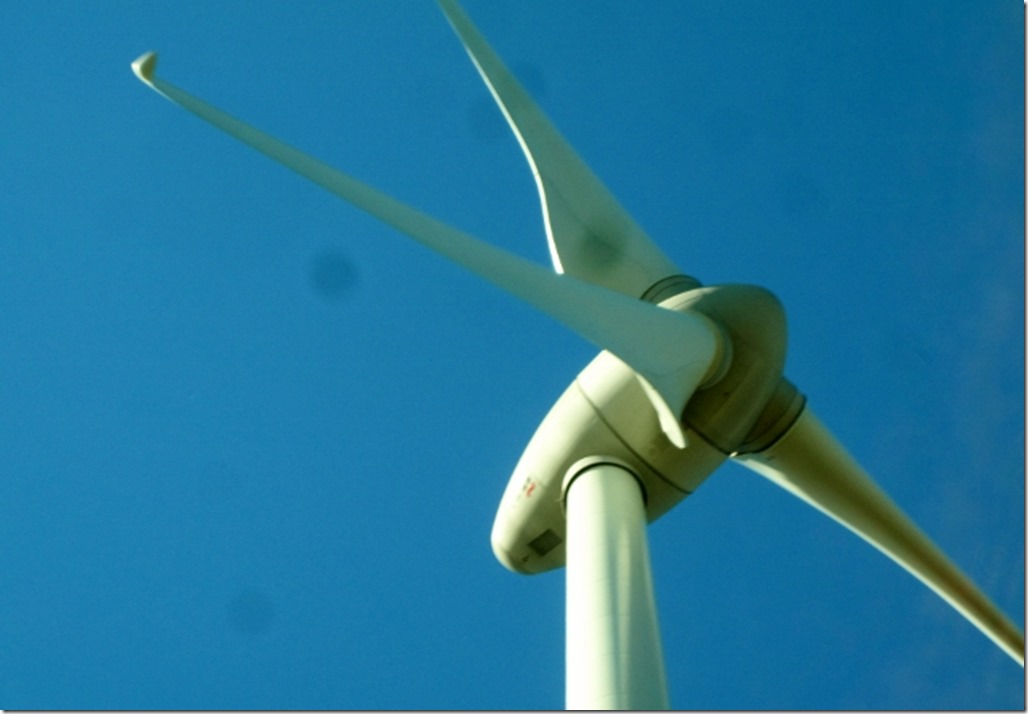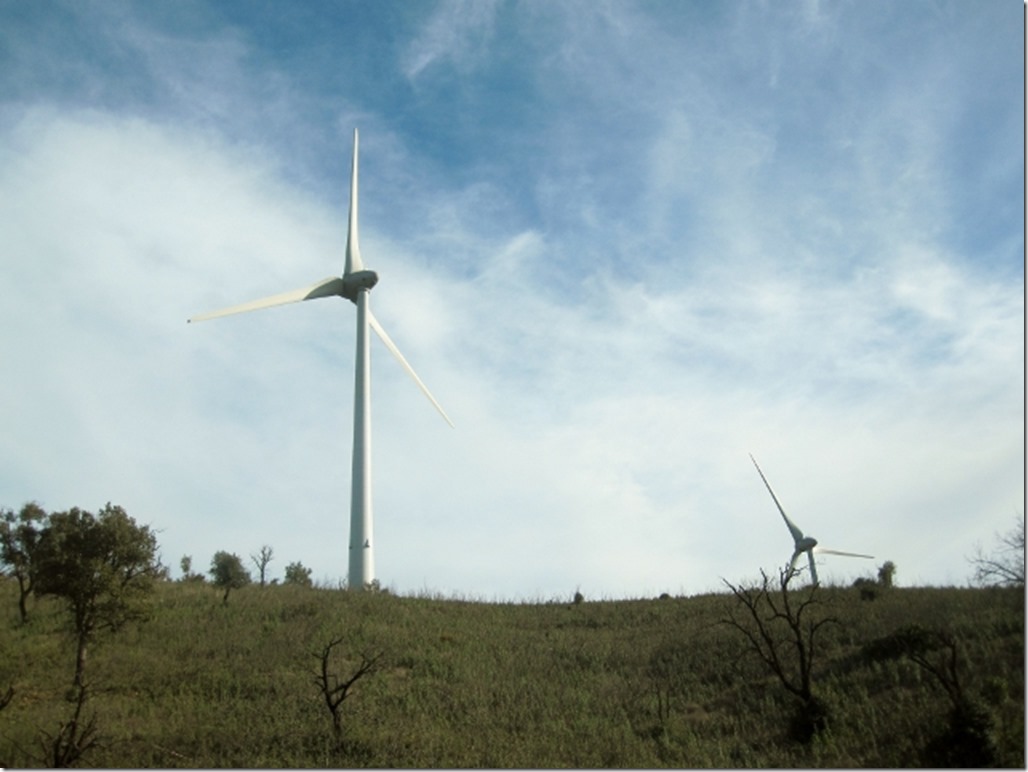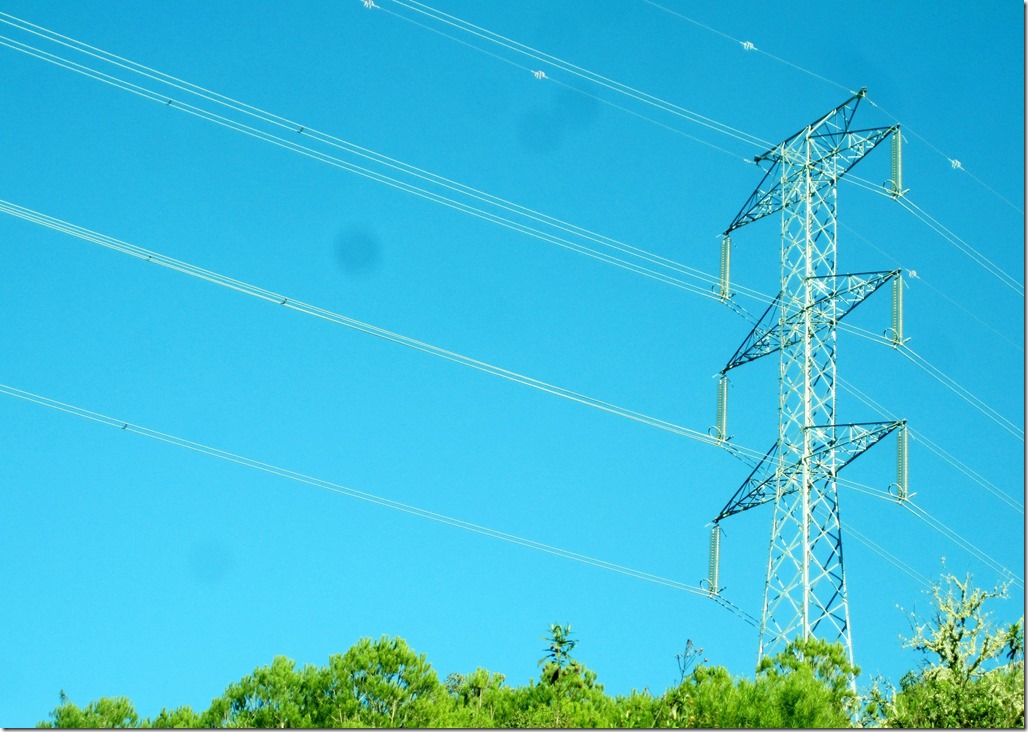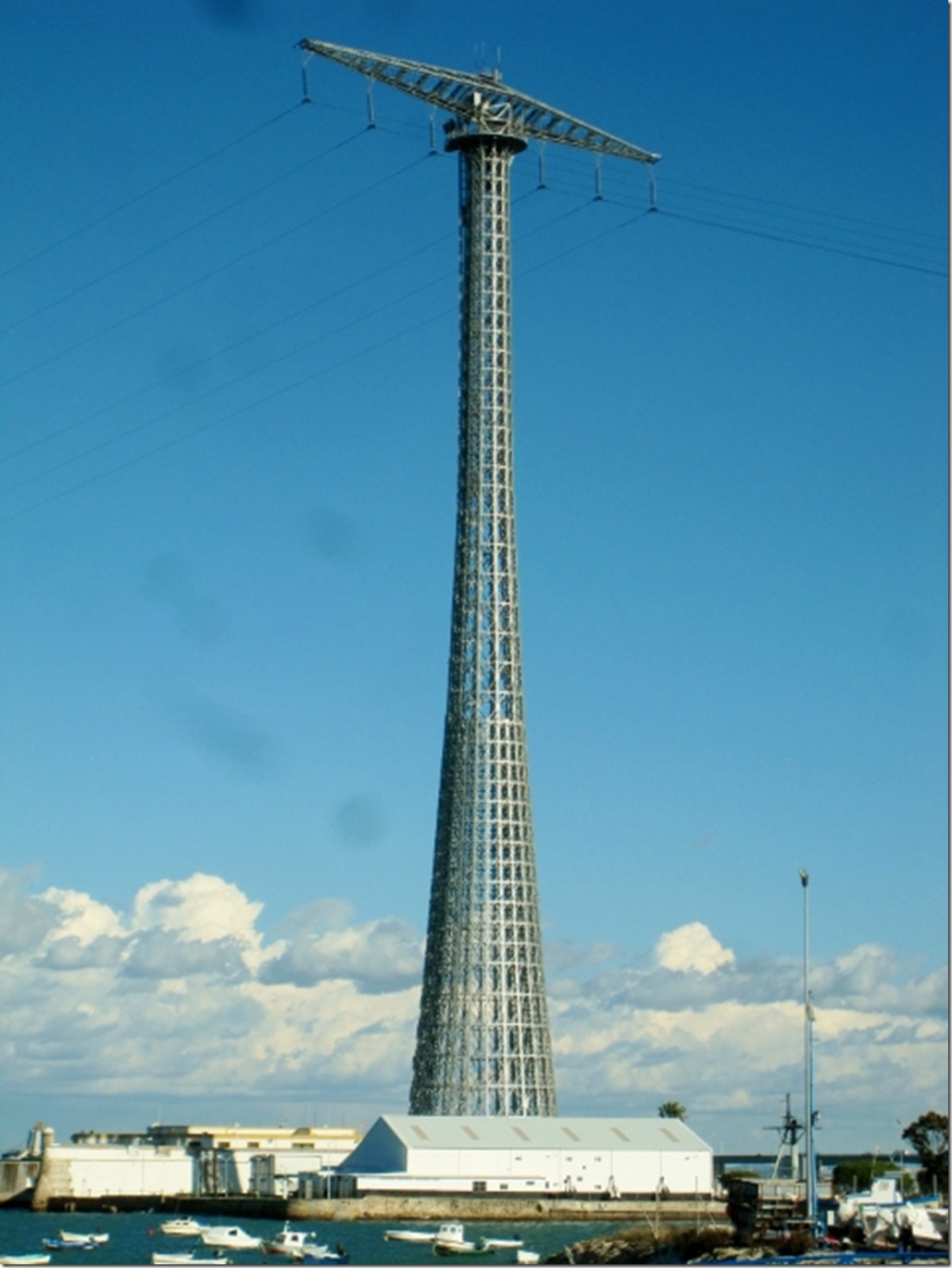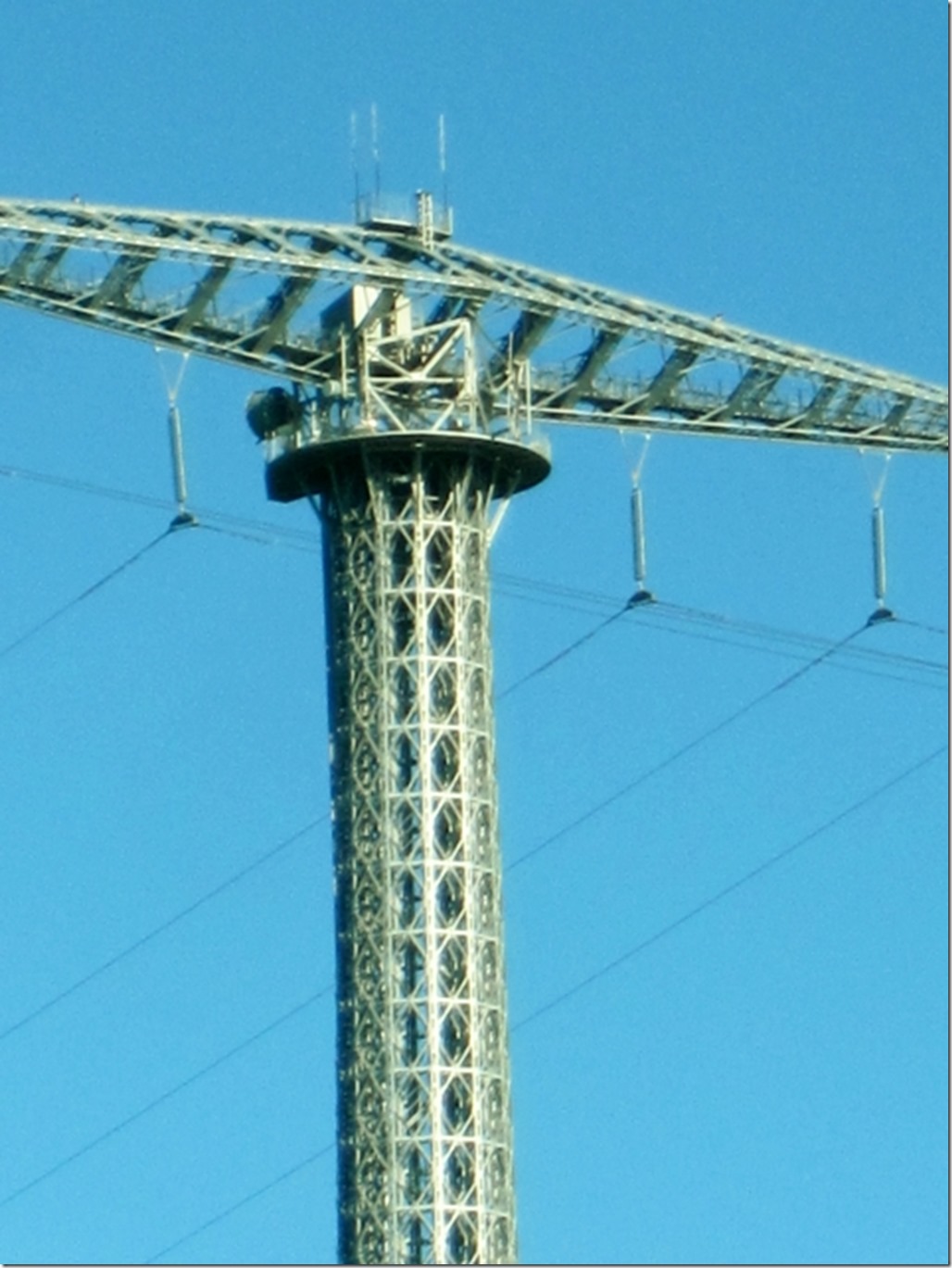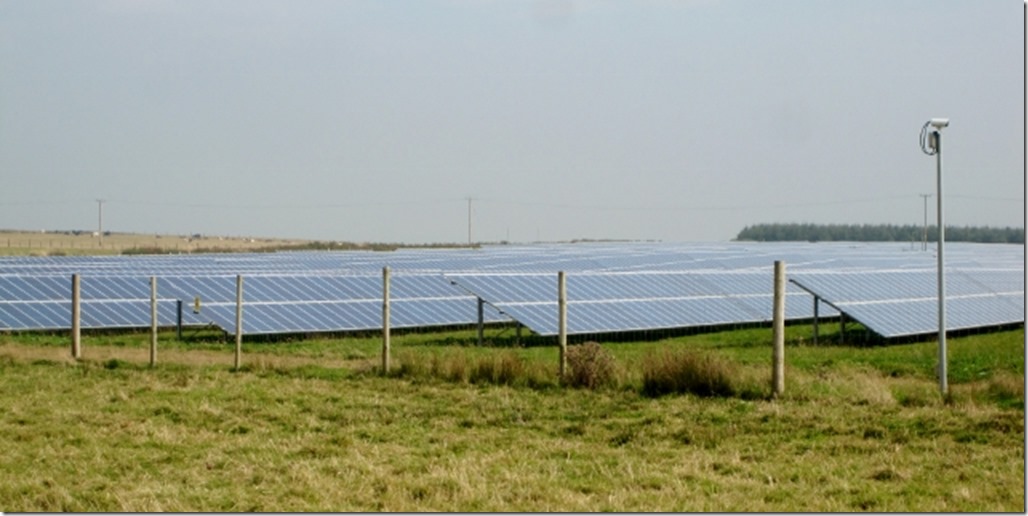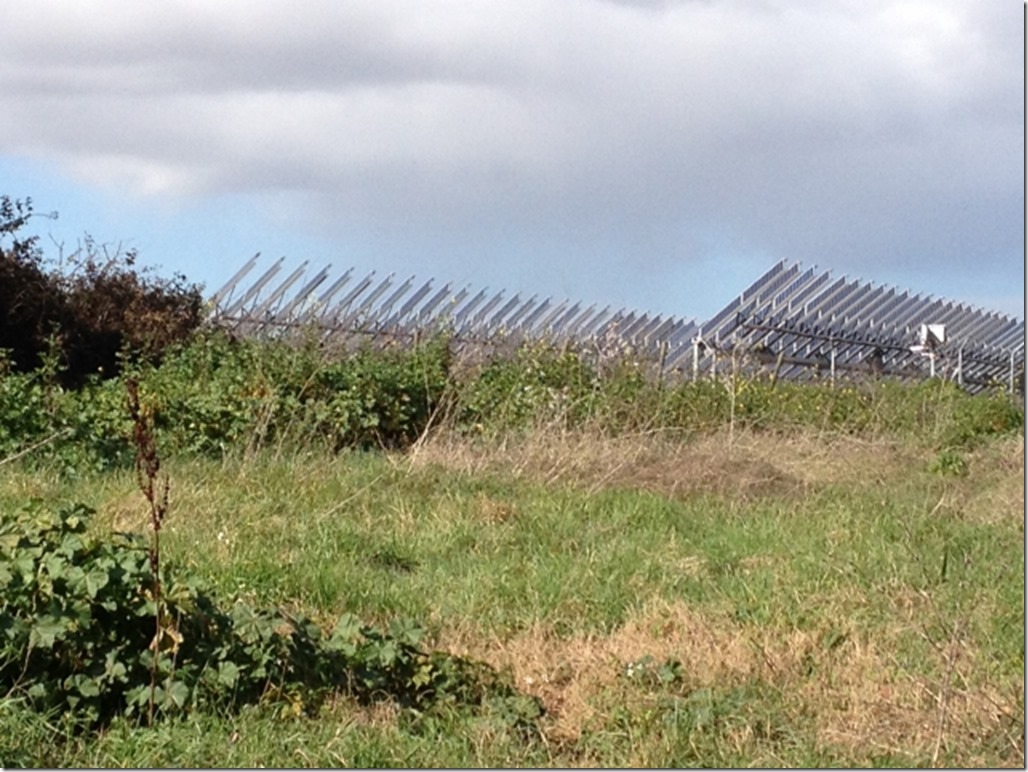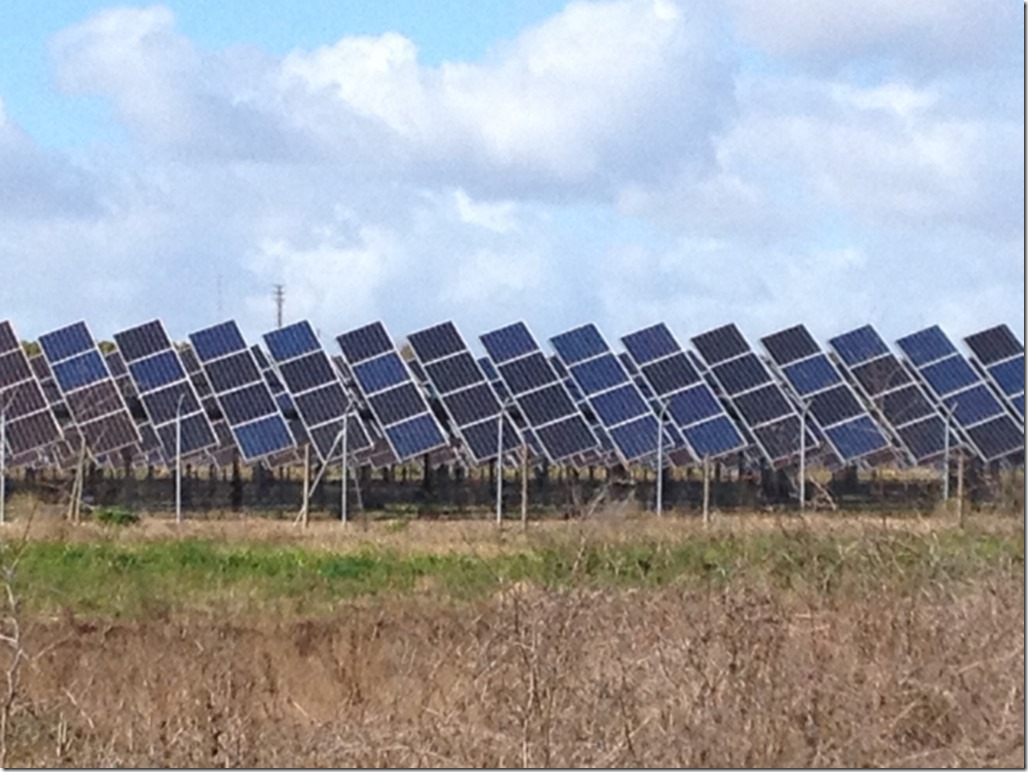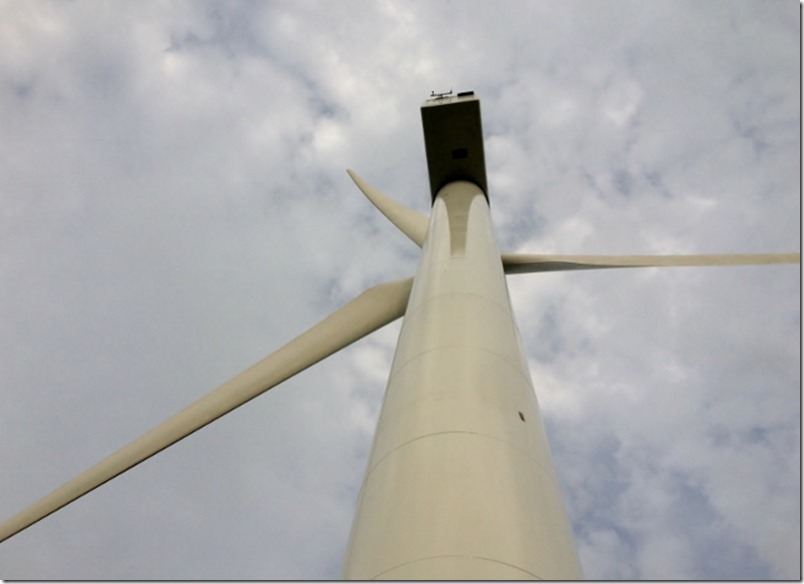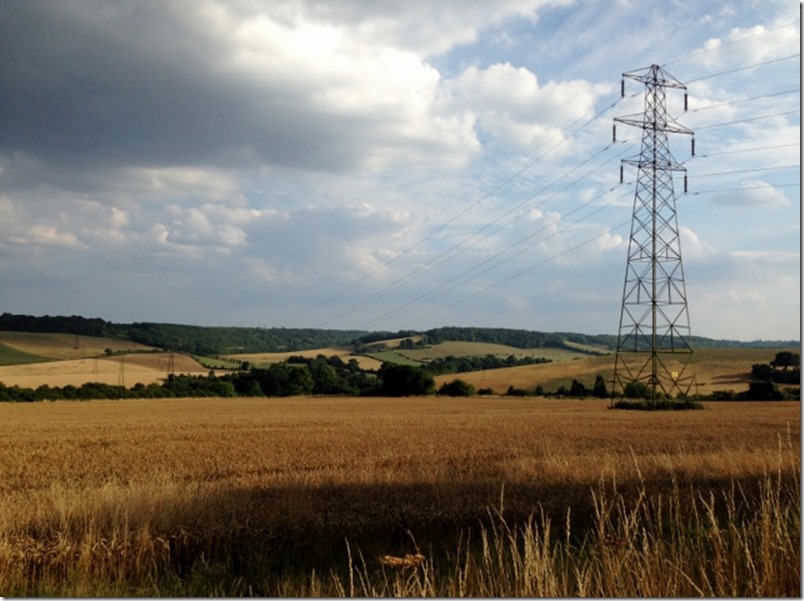This was a post which I started back in the UK but never got around to publishing, partly because I wanted to see what the continent would bring.
Throughout our journey, something new is appearing on the horizon. Something large, sleek, elegant and something in abundance.
We have a few of them just across the river back in our home at Ebbsfleet. I think they are amazing. Not only are they amazing because of what they represent, our transition away from fossil fuels to something a little more long term, more sustainable. Not only are they amazing because of their engineering, their scale, their verticality. They are amazing because they are beautiful.
Many arguments have been raised against them; they are noisy, they kill birds, they don’t work, what happens when there is no wind. All of these are successfully argued against by science.
Anyway these are usually spurious arguments concocted by someone who, just frankly, thinks they are ugly. More likely, the person just doesn’t want anything to change. They want their landscape to remain forever.
It is amazing that these nimby’s (not in my back yard) have their heads so deep in the sands that they cannot appreciate that the landscape is always changing, forever morphing, sometimes for the good and sometimes for the bad. The profound impact that man has had on the landscape has meant that the vast majority of the European landscape is sculpted by man, very little is natural. Agriculture, forestry, roads, villages, towns and cities all resist the natural processes. The wind erodes differently, the rivers no longer re-plough their courses, and the trees are manicured for health and safety reasons.
For the nimby to now no longer want change is the height of irony. The tranquil cotswold landscape they might live in is changing. This is a long lost battle, not because of the wind turbine, but because our changing climate will re-sculpt our landscape. Different crops will grow, other animals and birds will prosper, migration routes will change. It will look different anyway and you will have to accept the change. We lost the battle against climate change, the climate will change, it is now by how much, will it be 2°C, 4°C or 6°C and how will we adapt to that new climate.
Now I am lucky because I like these amazing objects. The way they move, the slight sagging of the blades under their own weight, you can just detect when they are at standstill. The absolute purity of their aerodynamic form. The rigid grid they are usually arranged in, or the hugging of the crest of some hill.
It wasn’t until the trip, however, until I was able to get up really close to them. It was only then that I was able to really appreciate the scale, the noise and the speed that the blades rotate. They do make a noise, and I wouldn’t want to live within 25m of them, which you generally wouldn’t anyway as they are much less effective within built up areas.
If you also haven’t been able to experience and appreciate these amazing structures up close I hope the video gives you a bit of a flavour.
So how do these compare with our European cousins. Both Spain and Portugal seem to have invested more heavily. We came across numerous arrays. Very few hill crests did not have them lazily rotating on.
Maybe it is also that deep blue sky against the white of the blade which is also so appealing.
The sort of blue we rarely get in the UK
There was something else that caught me eye about this one in Spain, the turned in end of the blade, similar to an aircraft wing, all to improve efficiency.
Now in the UK, because of the Nimby’s we end up putting them in the sea. Not only do these cost considerably more, are more difficult to construct and maintain, will they last as long, being in such a harsh environment? They do have the advantage of more consistent wind patterns.
I also like other infrastructure, which has frequently featured in other posts. I have no problem with the human intervention into the landscape when it is considered. A real favourite of mine;
The electricity pylon.
The RIBA (Royal Institute of British Architects) recently ran a competition to redesign a pylon. The remarkable thing about the entrants was how little did they consider engineering efficiency and the economic use of material.
The transparency of the structure is really beautiful.
This is what I really like about the current design. So little material supporting so much, very impressive. The forces involved with wind turbines must be so much greater, perhaps this is why their forms are so much more solid.
I found this really impressive pylon linking Cadiz to the mainland. Quite incredible.
Could this form of structure be used to support wind turbines?
There is certainly a lot less material involved, than that of a solid column.
Maybe wind turbines could be combined with pylons. Would this be more acceptable to Mr. and Mrs. Nimby?
Another new addition to the landscape are photovoltaic panels. Vast fields have appeared in the southwest of the UK.
I am also in favour of these, in fact we have 11 of them sitting on our roof back in Ebbsfleet, and because of the perverse way the subsidy of them is structured, they earn a nice little annual income and keep the energy costs low.
Even in the UK climate they seem to work well. But I still wonder whether this is the best use of the land. They seem to sterilise large tracts of what was once used for agriculture. Because of concerns over theft they are also inevitably fenced in, secured, and surrounded by CCTV, another sort of sterilisation of the countryside.
I also wonder what impact this is having on biodiversity. There can be no trees, or hedges surrounding them, in case they should overshadow the panels and reduce their efficiency. The grass beneath is neatly cropped, no meadow allowed here. You could place old timber and logs behind and beneath the panels, great homes for insects, but maybe they would consider that this would complicate any maintenance regime necessary.
Maybe we should lift them off the ground, so that they create something akin to a tree canopy. Perhaps then crops could be grown beneath.
We have also seen many fields of these in Spain, especially in the deep south. This does seem to make more sense, especially when a lot of the time they seem to be positioned on land that cannot be used for agriculture. These are often lifted off the ground.
Some of the technologies used allow the panels to track the sun. All very impressive. This, however, does require a lot more support structure, together with motors, levers and pistons to change the direction. Is the extra cost really worth it? Especially when we have seen quite a few that haven’t been maintained and are facing in the wrong direction.
A few years back there was a rush to grow crops to be used for bio-diesel. The EU had decreed that a certain percentage of diesel should be from sustainable sources and these resulted in vast tracks of land, previously being used for crops commandeered for the growing of oils. This not only happened here in the EU but had a wider impact in the developing world, where primary forests were destroyed for the growing of palm oils.
The policy is now changing and we are starting to develop ways of using the left overs of grain production. The wheat stalks and husks can be bio-digested or enzymes are used to release the sugars, these are then turned into oils. Maybe we should also reconsider putting pv’s on prime agricultural land. In the desert yes, on a mountainside, if it is possible or even on buildings, when it is efficient to do so.
This brings me back to the wind turbine. Its height and its footprint is an advantage. It actually has a very small impact on the land below, crops can still be grown below it.
Wind turbines, I am sure, most people will eventually learn to love them, like I do, or to at least ignore them. Like the pylons, they are not going away.
GDR

